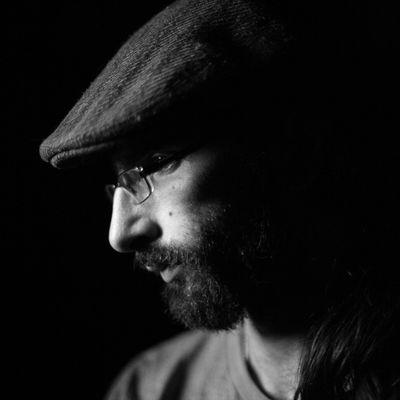An exploration of the way backstory is brought to light in film.
Narrative exposition, or simply exposition, is the insertion of important background information within a story; for example, information about the setting, characters’ back-stories, prior plot events, historical context, etc. (from Wikipedia)
Within the confines of the skeleton of a film work (the script), there are many ways to impart information which would not otherwise be assumed by the viewer or implied by the filmmaker. I posit that the way in which expository information is imparted to a viewer via the medium of film is as important if not more important than the information which is being imparted.
As with any other aspect of film as an art form and medium, there isn’t a single “correct” way of doing anything. There isn’t one particular correct framing which needs to be used for a shot, not only a single focal length lens or camera brand which would have to be used to get the only valid shot possible – and in much the same vein, there are many different more-or-less-equally-correct methods of imparting that information. I’d like to explore the mechanisms and caveats of each of them.
